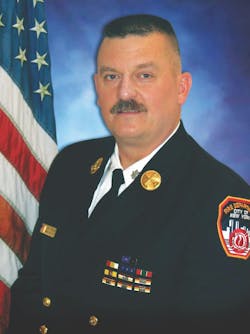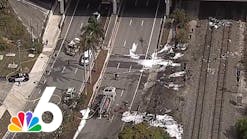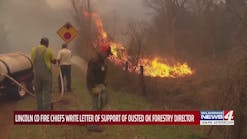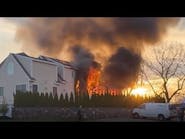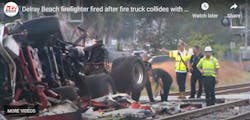Officers who ride in the front seat of any fire apparatus, whether they are a lieutenant or a captain, have a number of responsibilities. The citizens who they serve, the firefighters who are on their apparatus and the department rely on them to perform the tasks.
Destination & assignments
When a fire apparatus responds to an alarm, the officer must know the destination and the route to it. Yes, typically, the apparatus driver knows where to go, but there are the cases of new and inexperienced drivers and, in career departments, of drivers who are from a different firehouse and aren’t familiar with the neighborhood.
The firefighters who are riding to an alarm on an engine or ladder apparatus each must have an assignment to perform when they arrive at the location. For an engine company, a firefighter must be assigned the nozzle position and another firefighter the backup position. In companies that are staffed with three (or four) firefighters, that member(s) also must be given an assignment. These assignments generally dictate which seat the firefighters occupy during the response as well as what tools or equipment they will use at the operation. The officer must evaluate which of the firefighters can best perform each assignment to ensure best performance.
Tactics
Another major responsibility of the officer is to have a solid understanding of the numerous tactics and operations that the unit might be assigned to perform.
An engine company might be ordered to stretch a hoseline at a structure fire. The officer must know what size hose to stretch, the length or number of lengths, and the best route to the fire location.
At a defensive operation, the engine might need to drop a large-diameter supply line and either supply an aerial stream or a deck pipe.
A flammable liquid fire might require a foam line and the associated equipment for that operation.
A truck officer must be well versed in search tactics, forcible entry, roof cutting, portable ladder skills and the use of SCBA.
It’s important to be cognizant that every alarm is to a different location for a different assignment.
Communications
Did you ever have difficulty understanding an officer or other member on the fireground radio? Knowing how to operate the radio is another vital skill for the officer. Whether it’s the apparatus radio that transmits to the dispatcher or the portable radio that’s carried by members, specific words and phrases must be used so that communications are understood by the person for whom they are intended.
Most departments have a standard that every fire company and firefighter is expected to utilize when using the radio. Once firefighters enter a burning structure or building or spread out at the scene of an outside operation, they can’t see each other, and their only connection with each other is by voice on the radio. The proper words, phrases, volume and duration must be understood and used for every conversation.
Additional resources
The ability to evaluate whether the number of apparatus and personnel that are responding will be able to handle the operation or whether more assistance must be requested immediately is needed at every alarm.
Once the first or initial alarm assignment is dispatched, one must recognize that the next level or alarm of assistance is traveling from a greater distance and will take more time to arrive. Even if companies are relocated to the firehouse(s) of the first-alarm companies, there will be a lag or delay in their arrival on scene.
Handled vs. handled well
So, as you can see, officers who sit in the front seat have a long list of vital responsibilities that will determine whether the incident they are responding to will be just handled or handled well.
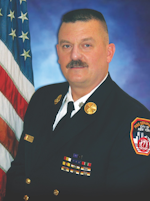
John J. Salka Jr. | Battalion Chief
JOHN J. SALKA JR., who is a Firehouse contributing editor, retired as a battalion chief with FDNY, serving as commander of the 18th battalion in the Bronx. Salka has instructed at several FDNY training programs, including the department’s Probationary Firefighters School, Captains Management Program and Battalion Chiefs Command Course. He conducts training programs at national and local conferences and has been recognized for his firefighter survival course, “Get Out Alive.” Salka co-authored the FDNY Engine Company Operations manual and wrote the book "First In, Last Out–Leadership Lessons From the New York Fire Department." He also operates Fire Command Training, which is a New York-based fire service training and consulting firm.
